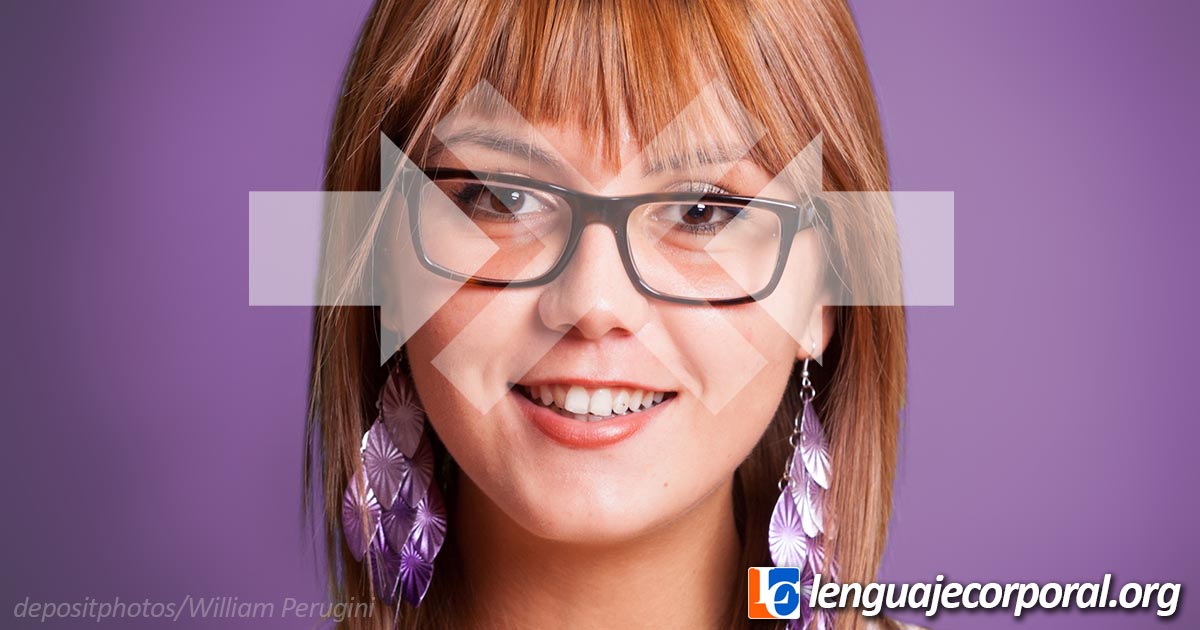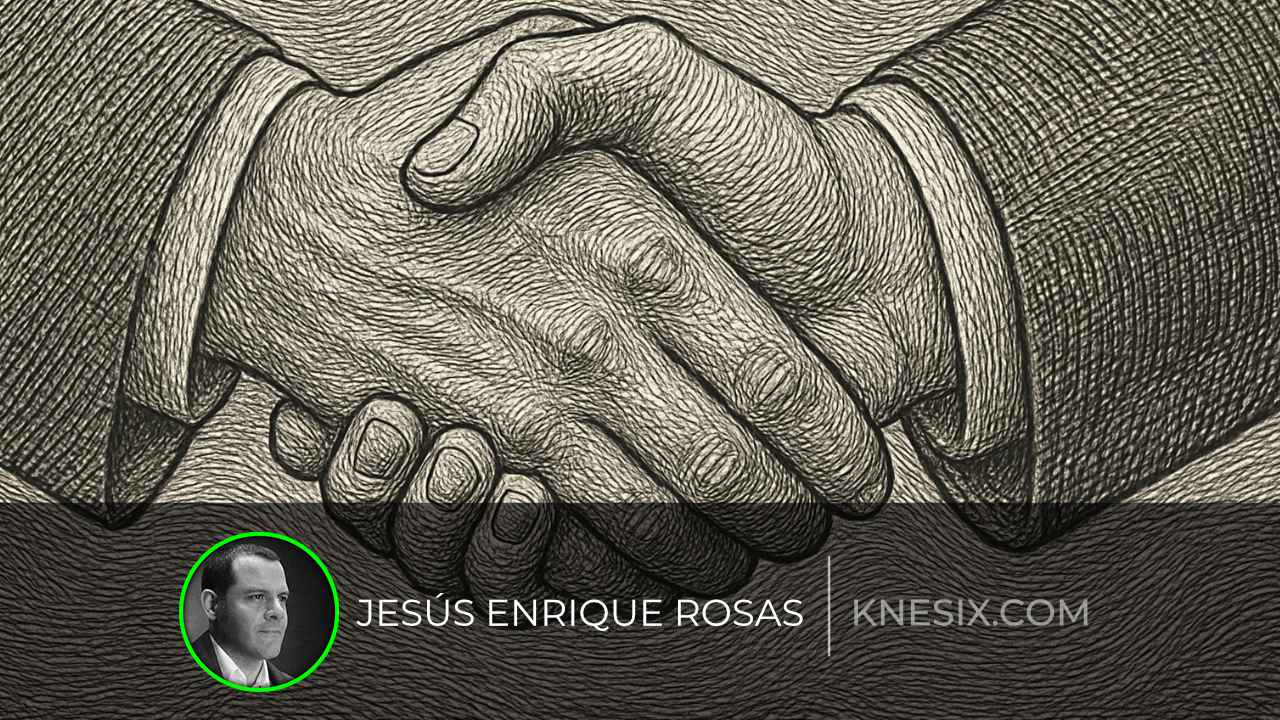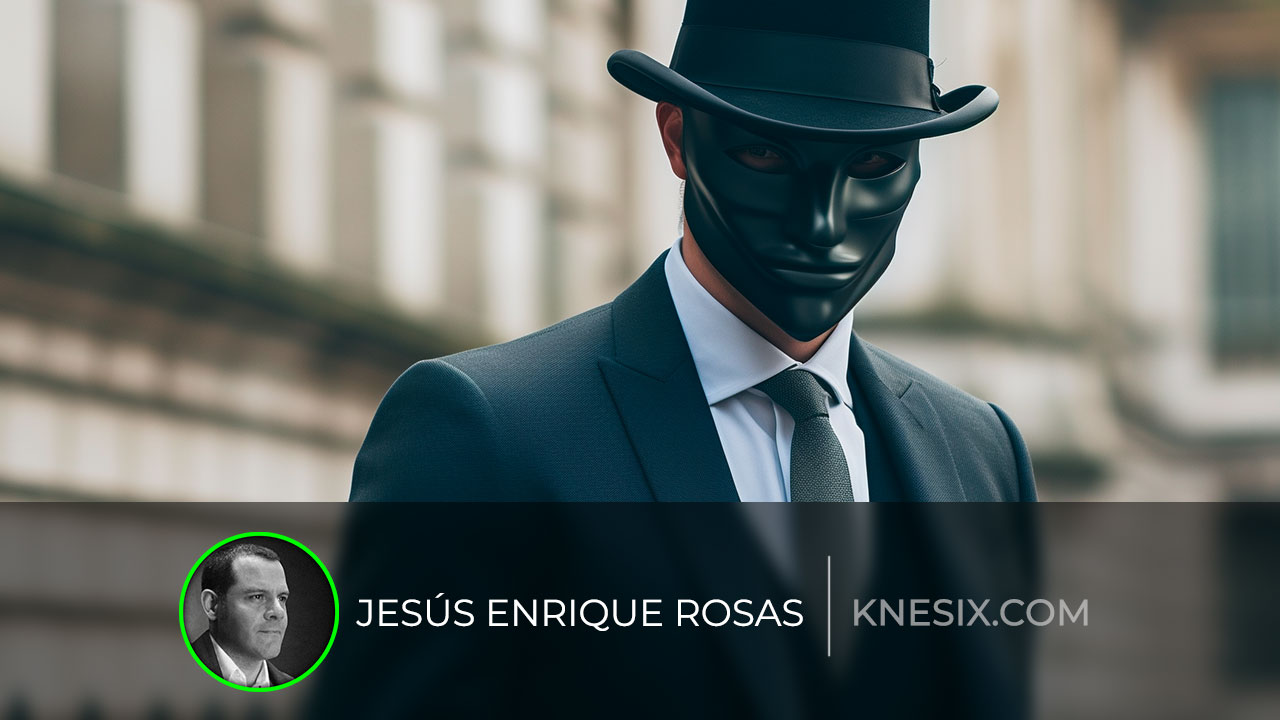When talking about facial expressions, it sometimes worries us a bit how we’re going to manage to identify the 10,000 different expressions that scientist Paul Ekman classified in his Facial Action Coding System (FACS) some years ago.
Even if you’re able to determine the seven basic emotions (Joy, anger, sadness, fear, surprise, disgust, and contempt), things become uphill when microexpressions are so subtle that they involve very small areas of the face, for incredibly short fractions of a second.
How do some people manage to detect these tiny movements in a face-to-face conversation without losing track of the verbal component?
There’s actually a trick, which I’ll explain with an analogy: When we’re learning to use a cell phone whose configuration is new to us, at first we feel a bit “lost”. While we learn where the menu key is, the volume, how to completely silence it, and how to quickly respond to messages, our brain is looking for a conscious usage pattern.
The same happens with these facial expressions, but there’s a small difference: you were born with the ability to detect them (something that doesn’t happen with the use of smartphones, unfortunately for modern man). So, in the same way that you learn to consciously use an electronic device to the point where it becomes completely natural, it’s possible to “configure” the brain to read others’ faces.
By habit, when we talk to a person, our gaze automatically directs itself to a triangle formed by the eyes and mouth, which provide us with all the information we believe we need. But to obtain information from the surrounding muscles, it’s necessary to get used to seeing in an “X” shape.
Imagine, on your interlocutor’s face, a large X tattooed directly on the skin. This is the path you have to follow on their face at all times…! The reason is very simple: this way you’ll be aware of the movement of the muscles that surround the eyes and mouth, and you’ll be able to more easily detect those tiny movements, even if they’re unilateral.
For now, I recommend that you get used to doing this exercise with everyone who talks to you. Did you see any movement of an eyebrow, a cheek, or a corner of the mouth that caught your attention? Don’t forget to comment on it.




Leave A Comment